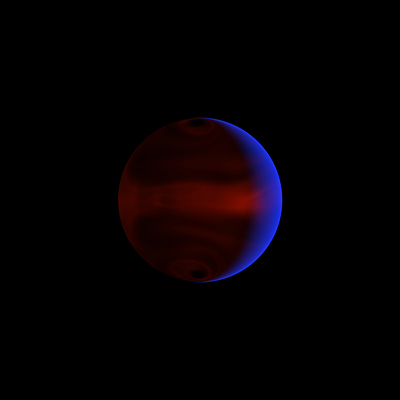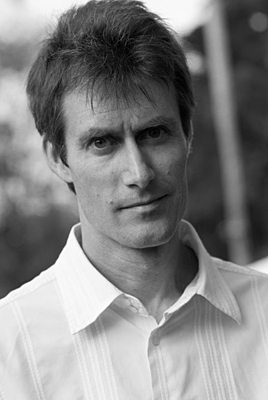


Oct. 19: The search for exoplanets
Vernon Lecture highlights the hunt for another Earth
2:10 p.m., Sept. 6, 2011--Could there be another Earth somewhere in the universe? Greg Laughlin is betting there is.
So far, astronomers have found more than 500 planets outside our solar system, referred to as “exoplanets,” and Laughlin has been involved in dozens of the discoveries.
Research Stories
Chronic wounds
Prof. Heck's legacy
The professor and chair of astronomy at the University of California Santa Cruz will talk about his planet quest at “The Search for Another Earth,” this year’s Harcourt C. “Ace” Vernon Memorial Lecture on Wednesday, Oct. 19, at 7:30 p.m., at the University of Delaware’s Clayton Hall Conference Center. Register for the event, which is free and open to the public, at this website.
Laughlin will show how advanced instruments such as the new Automated Planet Finder Telescope at the University of California’s Lick Observatory are being used to locate potentially habitable planets. Then he’ll take the audience on a guided tour of the bizarre menagerie of exoplanets he and his colleagues have detected so far.
Laughlin says his coolest discovery revolves around a giant gas planet four times the size of Jupiter named HD 80606b, located 190 light years from Earth. It is a “transiting planet,” meaning that it passes in front of its sun. The distance of this planet from its sun is comparable to Earth’s distance from our Sun, except that it has an “eccentric” 111.4-day orbit that brings it very close to its sun for several sizzling hours.
Using infrared sensors on NASA’s Spitzer Space Telescope, Laughlin and his colleagues discovered that, in just six hours, the surface of HD 80606b heats up from 800 to 1,500 Kelvin (980 to 2,240 degrees F), giving the orb a fiery-red glow. Then, just as quickly, the “hot-headed” planet cools off.
Laughlin’s team also witnessed “one of the fiercest storms in the galaxy” develop on HD 80606b, marking the first time weather changes on a planet outside our solar system have been detected in real time. The findings were published in the journal Nature in 2009 and also shared in Laughlin’s blog at oklo.org.
Laughlin also is the co-author of The Five Ages of the Universe (Free Press, 1999), which discusses the history, present state and probable fate of the universe. He’s currently working on updating the popular book.
The Vernon Memorial Lecture, which is sponsored by UD’s Delaware Asteroseismic Research Center and the Mount Cuba Astronomical Observatory in Greenville, Del., is named for Harcourt C. “Ace” Vernon (1907–1978), who was one of the founders and the first chairman of the observatory’s board of trustees.
Article by Tracey Bryant









